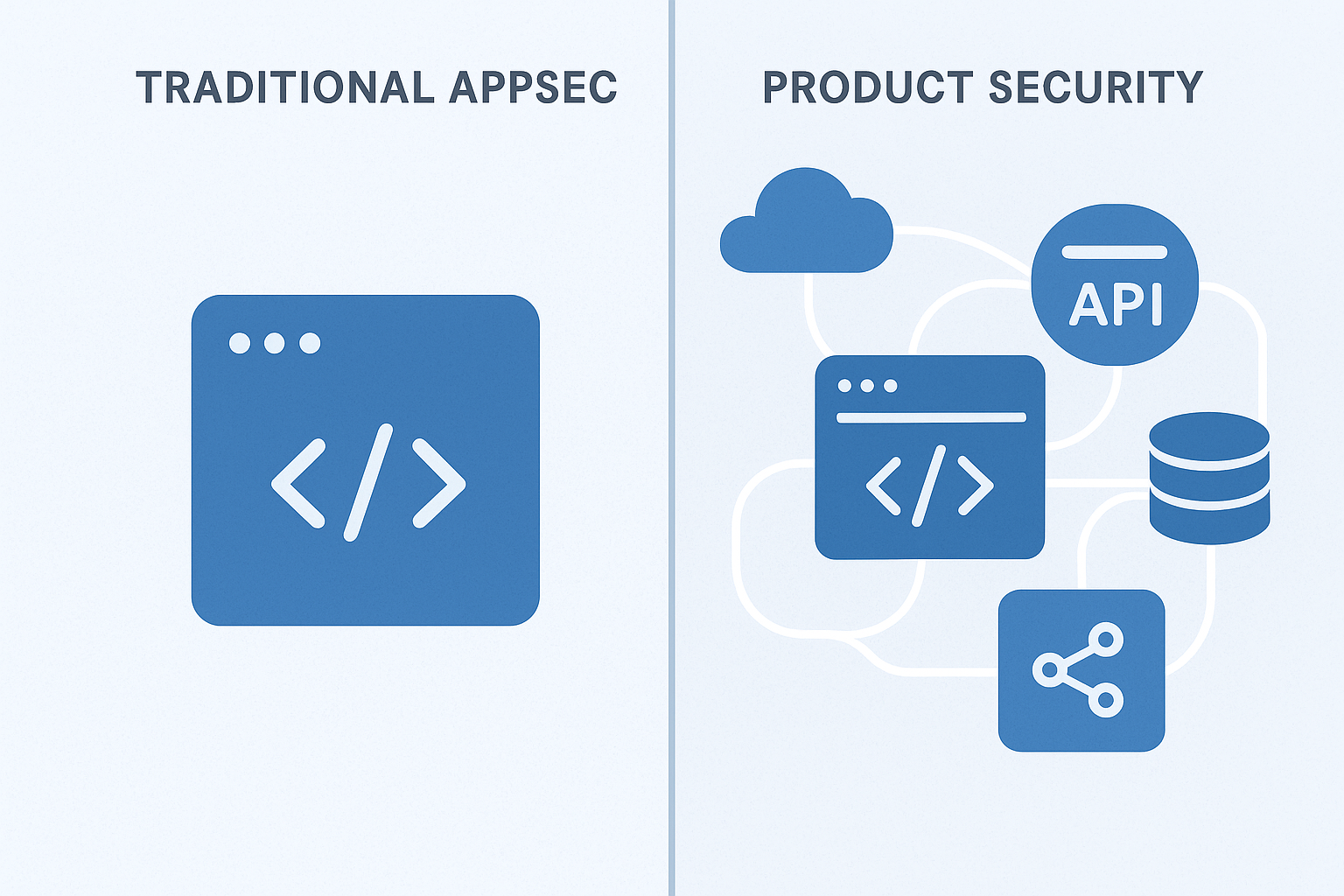· Appaxon Team · insights · 3 min read
What is Enterprise Attack Surface Management (ASM or EASM)?
Attack Surface Management (ASM) or Enterprise Attack Surface Management (EASM) is a cybersecurity discipline that focuses on continuously discovering, inventorying, and monitoring all externally facing digital assets.

Attack Surface Management (ASM) or Enterprise Attack Surface Management (EASM) is a cybersecurity discipline that focuses on continuously discovering, inventorying, and monitoring all externally facing digital assets that could serve as potential entry points for attackers into an enterprise. ASM or EASM provides organizations with comprehensive visibility into their external attack surface from an adversary’s perspective, helping them understand what enterprise assets are exposed to the Internet and what risks those assets present.
This approach goes beyond traditional asset management by specifically focusing on internet-facing resources that threat actors could potentially discover and exploit, including domains, subdomains, IP addresses, cloud instances, web applications, APIs, certificates, and third-party services.
Discovering the Unknown
The core value of ASM lies in its ability to provide continuous, automated discovery of assets that may be unknown to internal IT teams—often referred to as “shadow IT” or “unknown unknowns.” Modern organizations frequently have sprawling digital footprints that include assets deployed by different business units, development teams, or through cloud services without centralized oversight.
ASM (or EASM) platforms use various reconnaissance techniques similar to those employed by attackers, such as DNS enumeration, certificate transparency log analysis, and passive scanning, to identify these assets. Once discovered, ASM (or EASM) solutions assess each asset for security vulnerabilities, misconfigurations, exposed credentials, outdated software, and other security risks that could be exploited.
Real-Time Threat Intelligence
ASM (or EASM) platforms typically integrate threat intelligence feeds to correlate discovered assets with known attack campaigns, providing context about which assets may be actively targeted or already compromised. They also monitor for changes to the attack surface in real-time, alerting security teams when new assets are deployed, existing assets become vulnerable, or suspicious activity is detected. This continuous monitoring capability is particularly crucial in today’s dynamic IT environments where cloud deployments, microservices, and DevOps practices can rapidly expand an organization’s external footprint.
Integration with Proactive Security
The comprehensive asset inventory, vulnerability assessments, and threat intelligence generated by ASM (or EASM) platforms can be strategically fed into AI agents that conduct penetration testing or red team operations. This integration enables AI-driven offensive security tools to automatically prioritize targets based on real external exposure, focus attacks on assets with known vulnerabilities or misconfigurations, and simulate realistic attack scenarios that mirror how actual threat actors would discover and exploit an organization’s external assets.
By leveraging ASM/EASM data, these AI agents can conduct more targeted and effective security assessments, moving beyond generic vulnerability scans to execute sophisticated attack chains that reflect the organization’s actual risk profile and external threat landscape.



